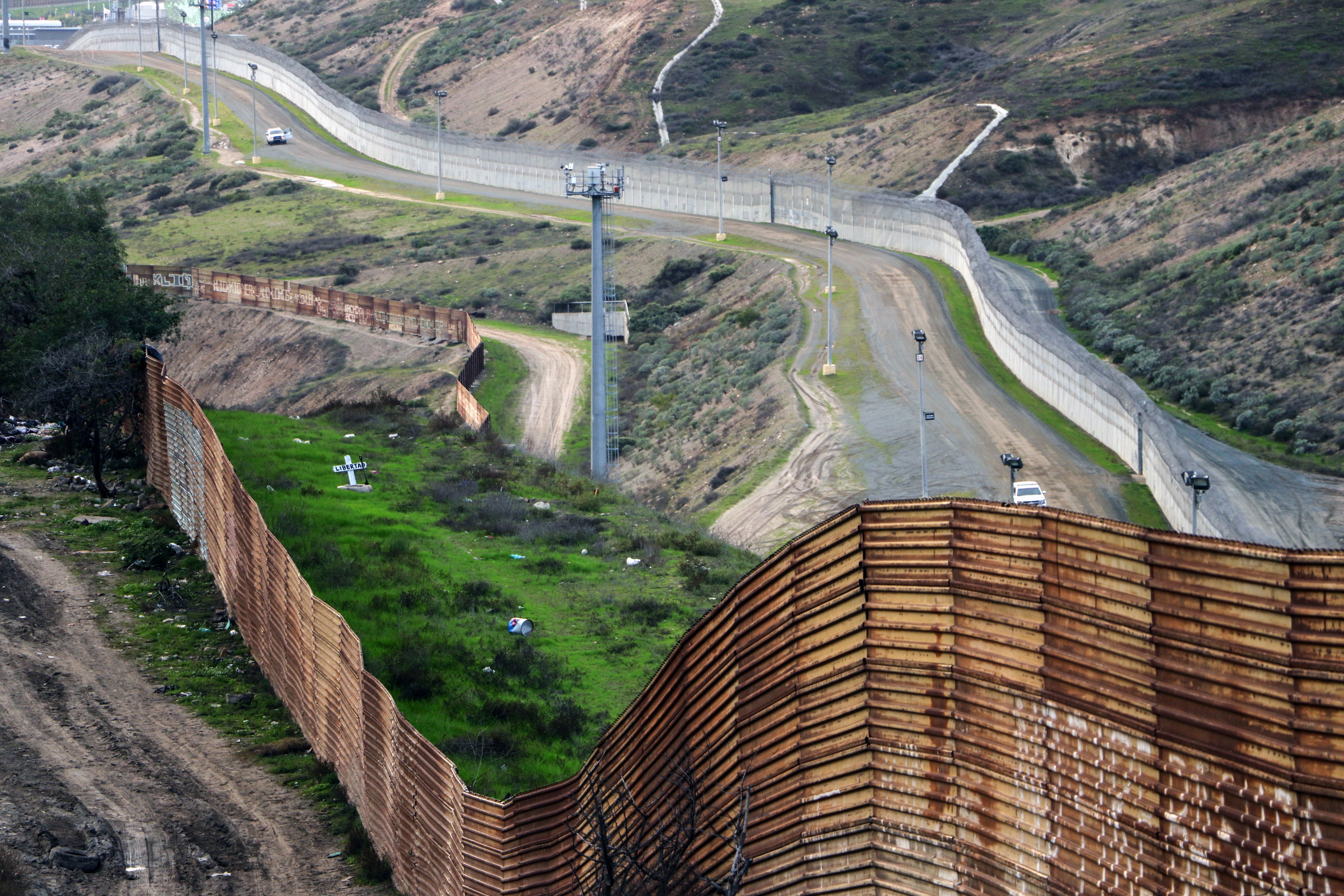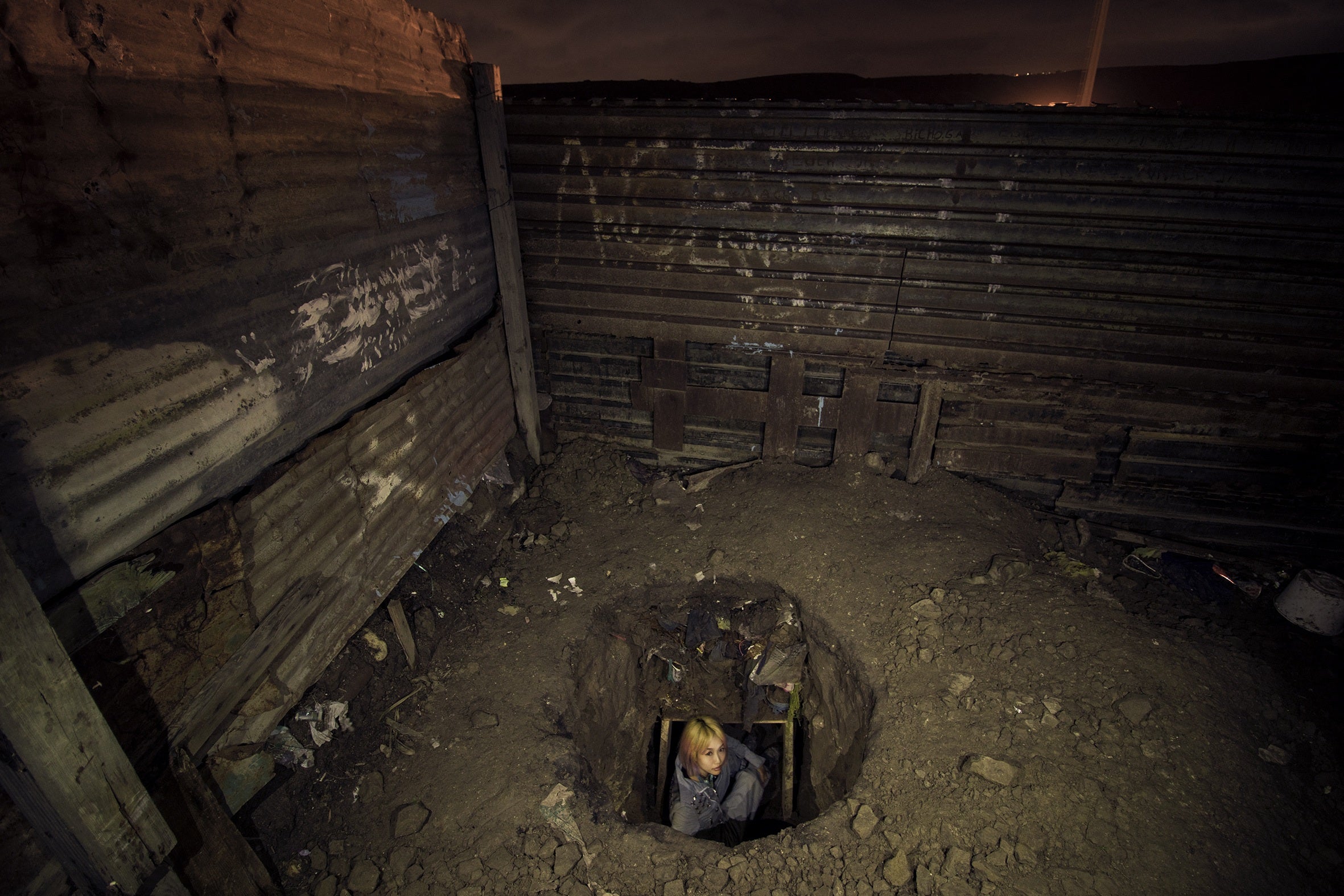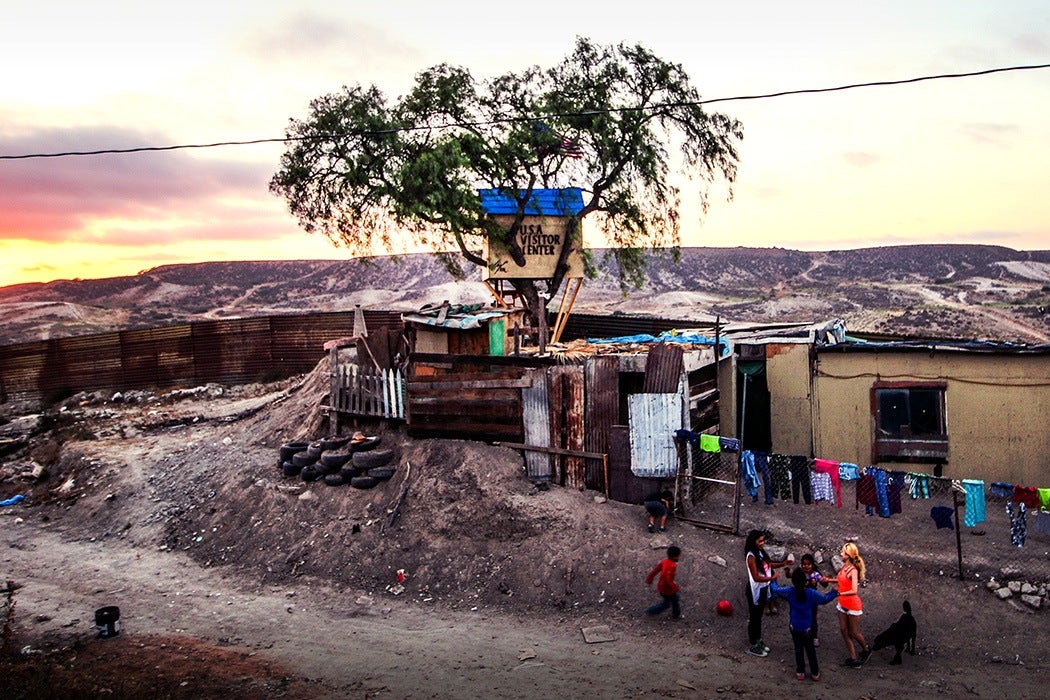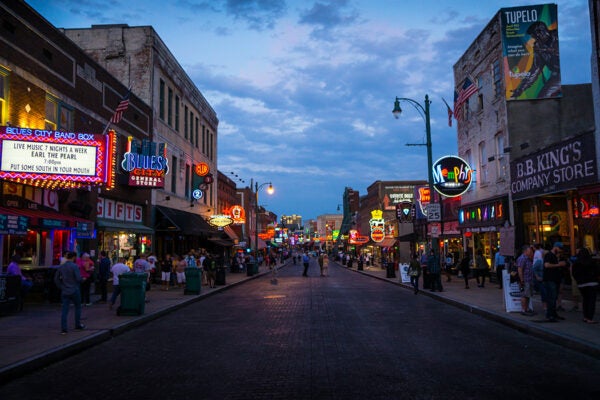Japanese artist collective Chim↑Pom has stirred up controversy at the US-Mexico Border, building numerous installations near Tijuana’s border. A treehouse in Tijuana, labeled a USA Visitor Center, is decorated with American icons like Huckleberry Finn. Another installation between the new and old fences on the American side of the border called LIBERTAD signifies both the hope a clandestine underground tunnel could represent and the complete opposite—the physical burial of liberty.
In her 2013 article “Presidential Address: The Art of Activism,” Wendy Simonds studies activist artists like Chim↑Pom in the hopes of using social justice art to inform her field of sociology. Simonds writes, “Activist art and activist scholarship have a number of things in common: they emerge out of creative, passionate personal and political impulses; they question authority, domination, and oppression; they seek to disrupt the status quo.”

Connecting the two fields of art and sociology, Simonds points out that “activist artists and scholars seek to call attention to the experiences of those whose are marginalized or whose experiences are not typically valued; they want their work to be emotionally evocative and intellectually provocative.” Simonds’ analysis of two generally incomparable fields is somewhat radical, as is her call to social action.
Chim↑Pom’s work, too, is a combination of art, activism, and social commentary. Simonds describes a number of Chim↑Pom’s past projects, including King and Queen, a photograph depicting Ellie, one of the Japanese members of the collective, passionately kissing and fondling a statue of white Jesus. Simonds notes that this photograph “ironically profanes religion and capitalism with corporeality and contemporary, stereotypical, seductive, performative sexuality.”

In another piece entitled LEVEL 7 Feat. “The Myth of Tomorrow” from 2011, Chim↑Pom temporarily altered an existing mural by Taro Okamato called “The Myth of Tomorrow.” Using masking tape to attach images of the Fukushima radiation plant, Chim↑Pom drew parallels between the then-recent catastrophic tsunami in Japan and the original mural’s subject which depicted “the U.S. nuclear attacks on Hiroshima and Nagasaki,” as well as later Japanese victims of a 1954 nuclear test in Bikini Atoll, who were aboard a nearby fishing vessel. The mural drew connections between the toxic radiation released from the Fukushima plant and the government’s will to suppress discussion of the emission itself.
Simonds notes that Chim↑Pom’s work is often labeled as vandalism or provocation, but Ryuta Ushiro, a member of Chim↑Pom, sees their art as suggesting “new ways of looking at society.”

As Ushiro describes the US-Mexico border, “This area is a very crazy area…This is the most important area to think about freedom—and it’s completely not freedom.” Chim↑Pom’s installations challenge viewers to look at this liminal space and reconsider the US-Mexico border.
As Simonds puts it, activist art invites us to contemplate “what is considered sacred and what is profane; what is normal and what is deviant; what is allowed and what is prohibited; what discriminates and what honors; and who has the power to decide.”







